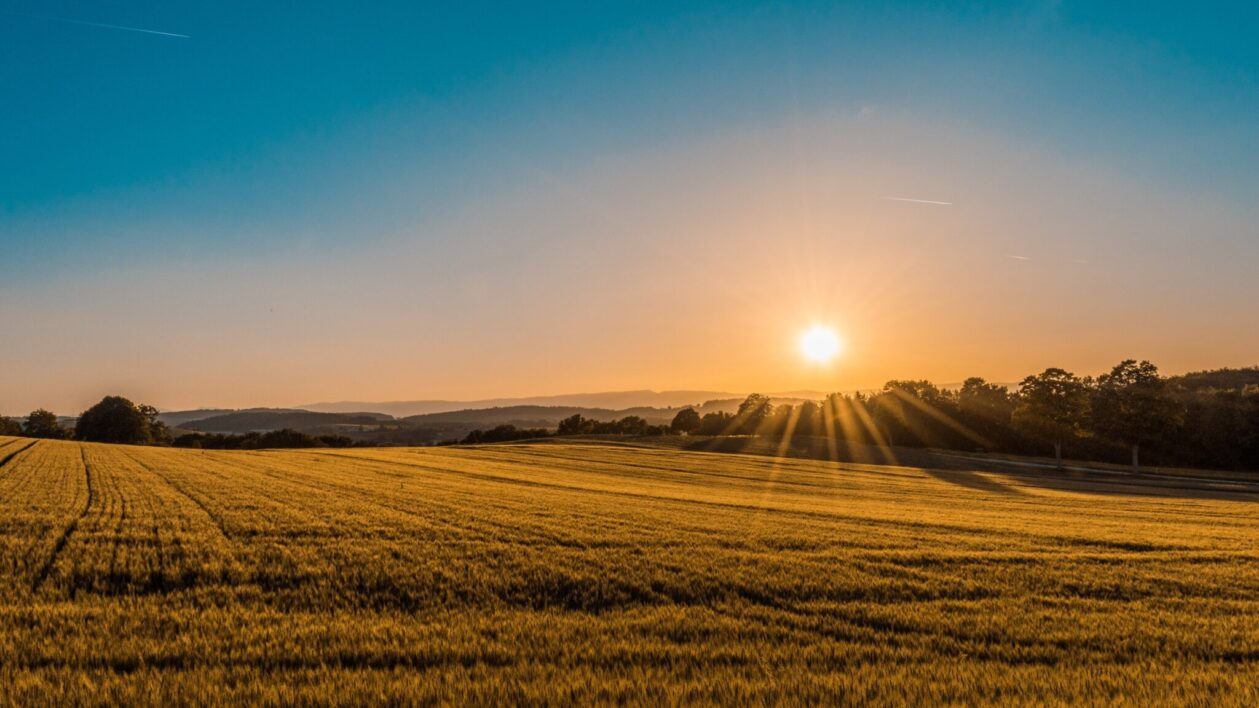ESG investing is here to stay. For more and more investors, it’s increasingly important that investments not only produce returns, but have social and environmental benefits as well. Fortunately, over the past decade, sustainable investments have become much more mainstream, and investors now have access to a wide range of ESG investments that also produce attractive returns. Thanks in part to the rise of technology-enabled investment platforms, investors no longer need to choose between meeting their financial goals and promoting positive change.
Investors Are Hungry for Impact Investing
While investors 10 or 20 years ago might have been focused primarily on returns, investors today are seeking to make an impact in the world through their assets. In 2018, Morgan Stanley found that 84 percent of individual investors were interested in using their dollars to effect change. This growth has been largely driven by an increased understanding amongst investors that ESG investing can drive competitive risk-adjusted returns, just as with any other investment, while also driving a positive impact. In fact, research from Morningstar on sustainable funds counters claims that ESG investment comes at the expense of performance. Even more striking, the majority of sustainability-focused funds actually outperformed the S&P.

As the impact investing space continues to mature, investors have many more opportunities to simultaneously have a positive social or environmental impact and achieve their long-term financial goals. Today, sustainable investing assets are valued at over $30 billion globally, according to the Forum for Sustainable and Responsible Investment and Global Sustainable Investing Alliance. Some of these opportunities have arisen in the alternative investment space, where debt and equity investments can be used to create positive impact.
Technology Platforms Increase Access to High-Quality Investments
Many alternative investments, including venture capital, private equity, real estate and lesser-known assets such as farmland, have long been out of reach for individual investors. Several barriers stood in the way, including high minimum investment thresholds and a lack of transparency around market opportunities. However, in the past few years, the rise of technology-enabled investment marketplaces, ranging from EquityMultiple (real estate) and Vinovest (wine) to Coinbase (crypto), are making alternative investments more accessible than ever.
Farmland is the latest asset class to be revolutionized by the fintech wave. Whether it’s through REITs, like Farmland Partners, commodity ETFs or crowdfunding platforms, farmland sticks out among investors, both in terms of its attractive return on investment and its potential to increase the sustainability of the agriculture sector.

Sustainable Returns
It’s not hard to understand why Bill Gates is now the largest farmland owner in the U.S.
U.S. farmland returns are comparable to returns achieved by the stock market. Between 1992 and 2020, farmland returned an average of 11 percent per year while the stock market returned an average of 8 percent.
Farmland is also an extremely low-volatility asset. As can be seen in the chart above, the volatility of stocks, publicly traded REITs and gold is between 14.9 percent to 18.3 percent. In comparison, the volatility of farmland is only 6.9 percent, making farmland comparable to bonds. The combination of high average annual returns and low volatility means that on a risk-adjusted basis, farmland provides significantly better returns than public equities.
Farmland has several other attractive qualities as well. It is uncorrelated with most major asset classes, meaning that events that impact the performance of stocks and bonds do not have the same impact on the performance of farmland. For this reason, adding farmland to your portfolio increases diversification, which is important for building long-term wealth, and reduces overall portfolio volatility.
Like gold, farmland acts as a store of value in turbulent economic times. It performs well in a recession and can be used as an effective hedge against inflation. Unlike gold, however, farmland offers investors two sources of income: price appreciation when the underlying asset is sold and passive income from periodic rental and crop payments. This means that farmland investing diversifies your income streams in addition to your investment portfolio.
Another difference that sets farmland apart from gold is that its value is underpinned by its fundamental role in the global economy and its scarcity. The population continues to grow and people continue to need to eat, but high quality farmland isn’t created every day. In fact, the amount of arable land is declining due to a changing climate and rapid development, meaning suitable farmland will only become more valuable.
Portfolios With a Purpose
This is where sustainable farmland comes into play. In order to continue to feed the growing global population for years to come, sustainable farms are better equipped to take on the task. In fact, research shows that with proper management and by incorporating high-tech and sustainable approaches, farms could very well be able to satisfy the needs of the growing population.
These approaches include water conservation, emphasizing organic and nature-based farming methods and leveraging agronomic innovations to make farms more efficient. However, these updates and transitions are often costly, presenting a barrier for most.
Enter farmland investing. By channeling outside capital to farming, investors are driving agriculture toward sustainability, and ensuring abundant food supply, on a massive scale.
Plus, sustainably managing farmland will also reinforce the land’s value. Farms with healthy soils, ample water and efficient infrastructure are worth more, leading to stronger returns in the long-term.
Farmland: Where Income and Impact Go Hand-In-Hand
For many years, impact investors were forced to choose between returns and their ESG goals. Fortunately, with the rise of technology-powered investment platforms, this is no longer the case. With access to farmland as an investment, investors are channeling the capital needed to preserve land and support future communities, while sharing in the rewards with cash income, capital appreciation and a balanced portfolio.
Artem Milinchuk is the founder and CEO of FarmTogether, a crowdfunding investment platform for farmland.






